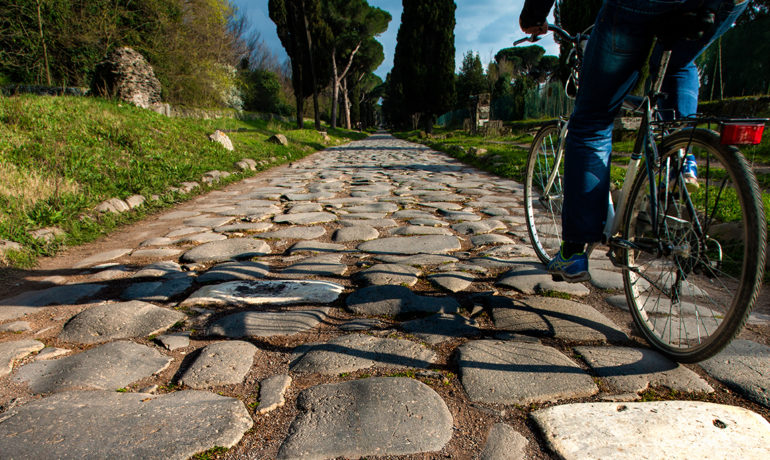Discover why ancient Romans preferred to build their villas in Castelli Romani and what unique artistic sites are still unknown.
Castelli Romani are the hill towns and villages approx. 20km south-east from Rome, many of them with an ancient history (often older than Rome!) and with incredible archaeological and artistic treasures, still undiscovered by tourists.

These hill towns are located in the Alban Hills (Colli Albani), a landscape created by volcanic activity approx. 250.000 years ago. One enormous volcanic eruption left a massive crater about 25 km in diameter, followed by smaller eruptions. After the extinction of the volcanoes the craters in some cases filled with water and have become magnificent crater lakes, two of which are still visible as Albano and Nemi. Other have been dried by Romans to get excellent soil to grow grapes for their wines.
“The Castelli Romani is one of the few places in Rome nearby that can boast a considerable heritage of archaeology and nature
First Latin towns were founded approx 500 years before Rome, were higher and had better located compared to the marshes on the flood plains of the Tiber river
Almost untouched Catabombs can still be visited here, one of the most preserved Mithraeum in the world is hidden here, one of the few Roman water tunk still in use in Italy, and many other unique historical treasures are located here.
Majority of churches and chathedrals in Castelli Romani have often Roman ruins. For example the church of S.Maria della Rotonda in Albano was originally the nymphaeum of the huge Domitian villa in Castel Gandolfo.
Three of the bishops of Castelli Romani (Albano, Frascati and Velletri) were allowed to replace the Pope in Rome in his church of S.Giovanni in Laterano when absent. The last Catholic pretender to the throne of England, Scotland and Ireland, Henry Stuart Duke of York was the bishop and cardinal of Frascati
In Italy there are only three catholic churches still allowed to use the ortodox rite, one is in Castelli Romani, the chrch of S. Nilo.
But overall, there is so much fun things to do in Santiago and so little time … That means I will have to write a separate series of posts about it.


